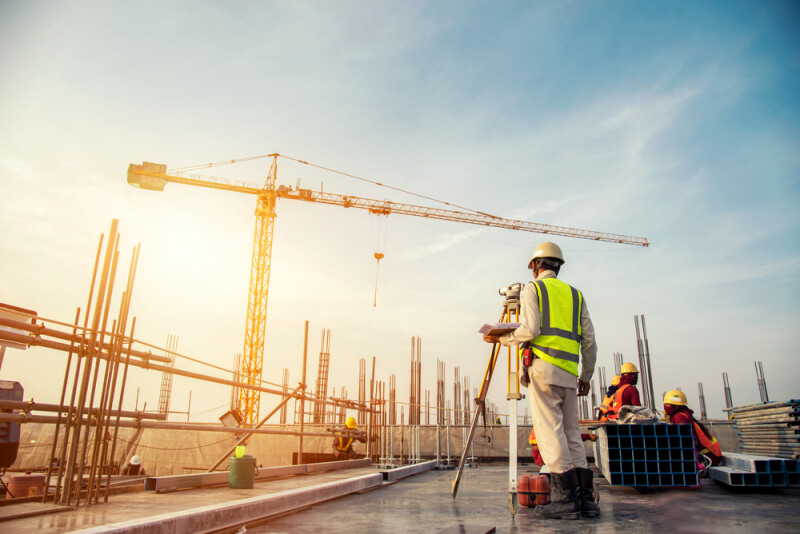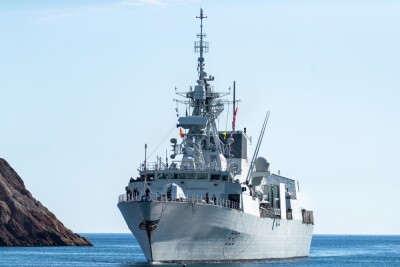At Geo Week News, our coverage of the 3D technology space varies quite a bit in a lot of ways. We, of course, cover the news in this space, whether it be new products, new companies entering the fray, or even new techniques and technologies created to either create new workflows or augment existing ones. We also highlight the ways that reality capture and other 3D-based technologies are used in the real world through case studies and interviews with end users. And finally, we add our own perspective and the perspective of friends in the space to talk about larger trends throughout the industry that everyone needs to know. And of course, we acknowledge that we are not the only ones doing this kind of coverage.
Today’s look at stories from around the industry highlights all of these different areas of coverage. First up we have an article from a representative of the United States Institute of Building Documentation (USBID) talking about their work. Then, we move over to the world of historical preservation and the crucial role 3D scanning plays in that work. And finally, we have a column offering insights and advice to enterprise owners and managers considering the implementation of digital twins. Find the full articles below.
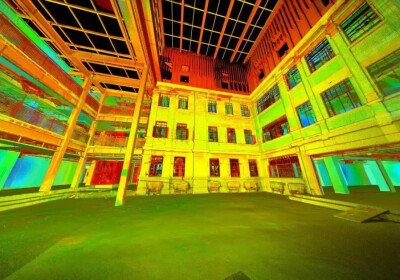
Revolutionizing Reality Capture: The Committee’s Quest for Industry Upliftment
Mack Kowalski | Lidar News
First up, we have an article from Mack Kowalski on behalf of the United States Institute of Building Documentation (USIBD), and more specifically “The Committee.” In the article, Kowalski – who also presented with USIBD at Geo Week this year in a test of various mobile mapping systems – outlines the importance of collaboration, standardization, and overall community in the scanning community. The article highlights some of the broader work The Committee is hoping to accomplish and provides an opportunity for interested readers to get involved with the work.
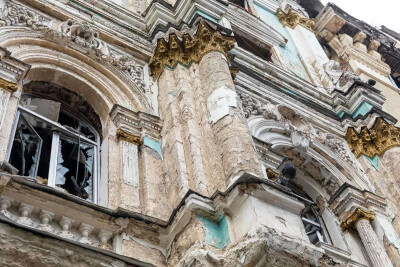
3D Scanning Is Helping Resolve the Historical Preservation Paradox
Franco Faraudo | Propmodo
Generally speaking, most of the 3D scanning work that takes place on any given day is for enterprise purposes, whether it be for a building under construction, for utility inspections, or something else within the AEC industry. However, as the tools to complete these scans become more accessible, more use cases are becoming possible with historical preservation falling squarely into that bucket. To keep these historical structures intact and preserved in a way for future generations to enjoy, restoration experts need accurate data on the structure’s status in a given moment. 3D scanning helps solve that problem, as this article explains.
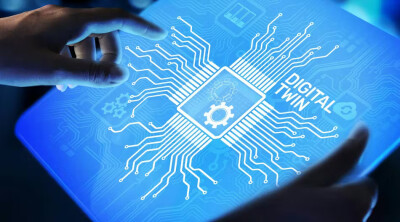
Unleashing the potential of digital twin technology
Nazim Choudhury | Smart Industry
Digital twin technology is far enough beyond the realm of simply being a buzzword that much of the focus is now on what the ultimate benefits can be, skipping over some of the intermediary steps of getting things going. This article is geared towards those asset owners and managers who might be thinking about stepping into the digital twin world but not sure where to get started. The article provides why this technology is so helpful for various industries as well as best practices for those getting started.


